A Jeweler’s Guide to Birthstones (The Stuff They Don’t Always Tell You)
After spending decades hunched over a jeweler’s bench, you get a feel for stones. I’ve seen the fiery heart of a perfect ruby and the cool, watery gaze of an aquamarine fresh from the earth. It never fails, clients slide into my chair and ask about their birthstone. But they want more than just a name; they want to know its secrets, its real-world strength, and how to keep it from looking dull or, worse, getting damaged.
In this article
This isn’t about astrology or old-world magic, not really. It’s about a tradition that connects us to the incredible geology of our planet and the timeless craft of turning a rock into a thing of beauty. A modern, standardized list of birthstones came about to create some consistency in the market, but the idea of tying gems to months is an ancient one. What I want to share with you is the practical stuff—the knowledge I’ve picked up from sourcing, setting, and fixing these gems for years. It’s about what makes each one special, from the inside out.
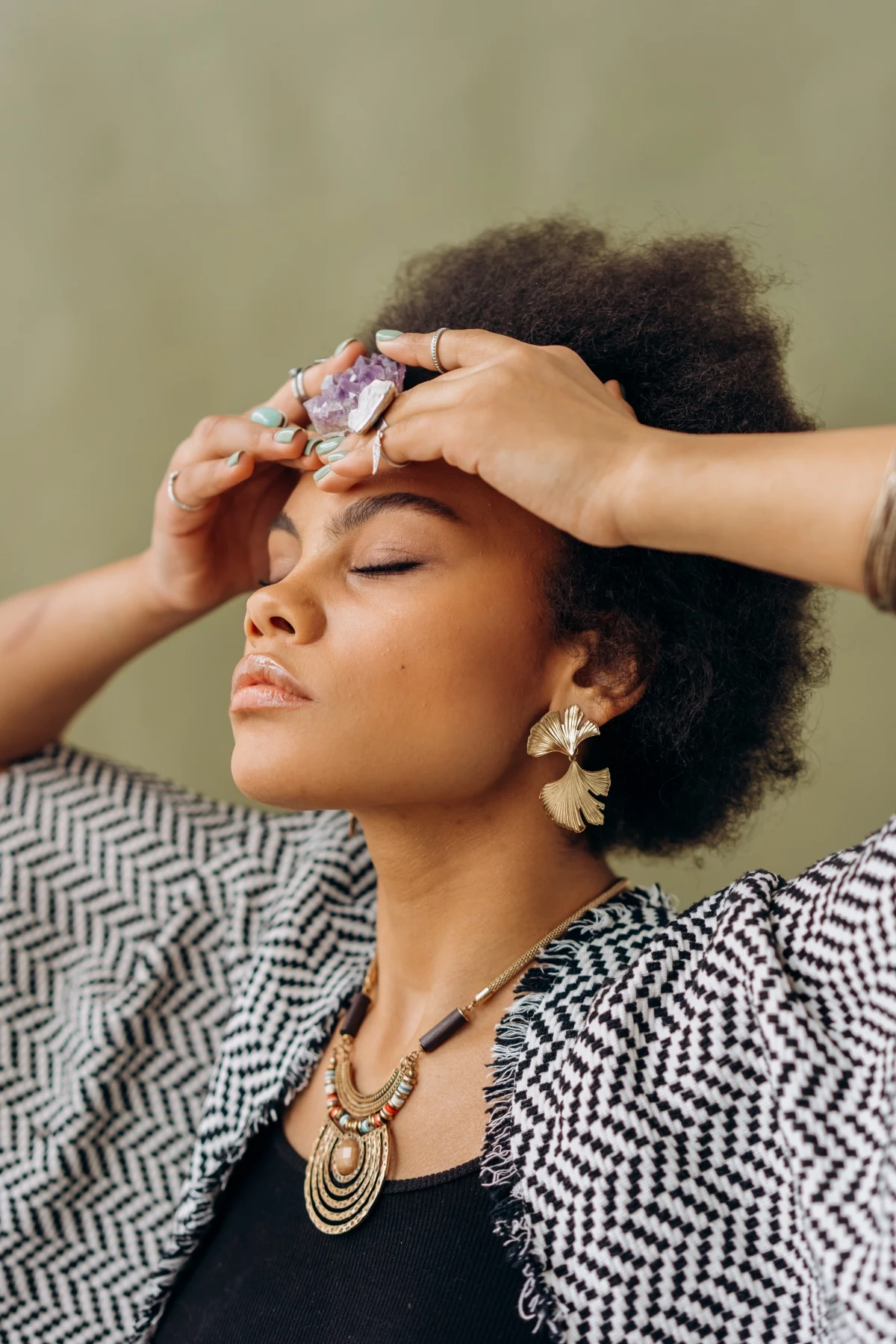
January: Garnet
Most people hear “garnet” and picture a simple, deep red stone. And it’s true, that’s the most common and affordable variety, which often makes it someone’s very first piece of real gemstone jewelry. But honestly, the garnet family is HUGE and surprisingly diverse. I’ve worked with fiery orange Spessartites that look like a sunset, rich green Tsavorites that can give an emerald a run for its money, and even mind-bending color-change garnets.
Good, Better, Best: Understanding Garnet
Think of it in tiers. Your ‘good’ starting point is that lovely, classic deep red Almandine or Pyrope garnet. They’re beautiful and very budget-friendly—you can often find nice stones for between $40 and $80 per carat. Moving up to ‘better,’ you have the vibrant purplish-red Rhodolites. But the ‘best’ in terms of rarity and value? That’s the brilliant green Tsavorite. It’s stunning, and its price reflects that, easily climbing over $1,000 per carat for a top-quality stone.
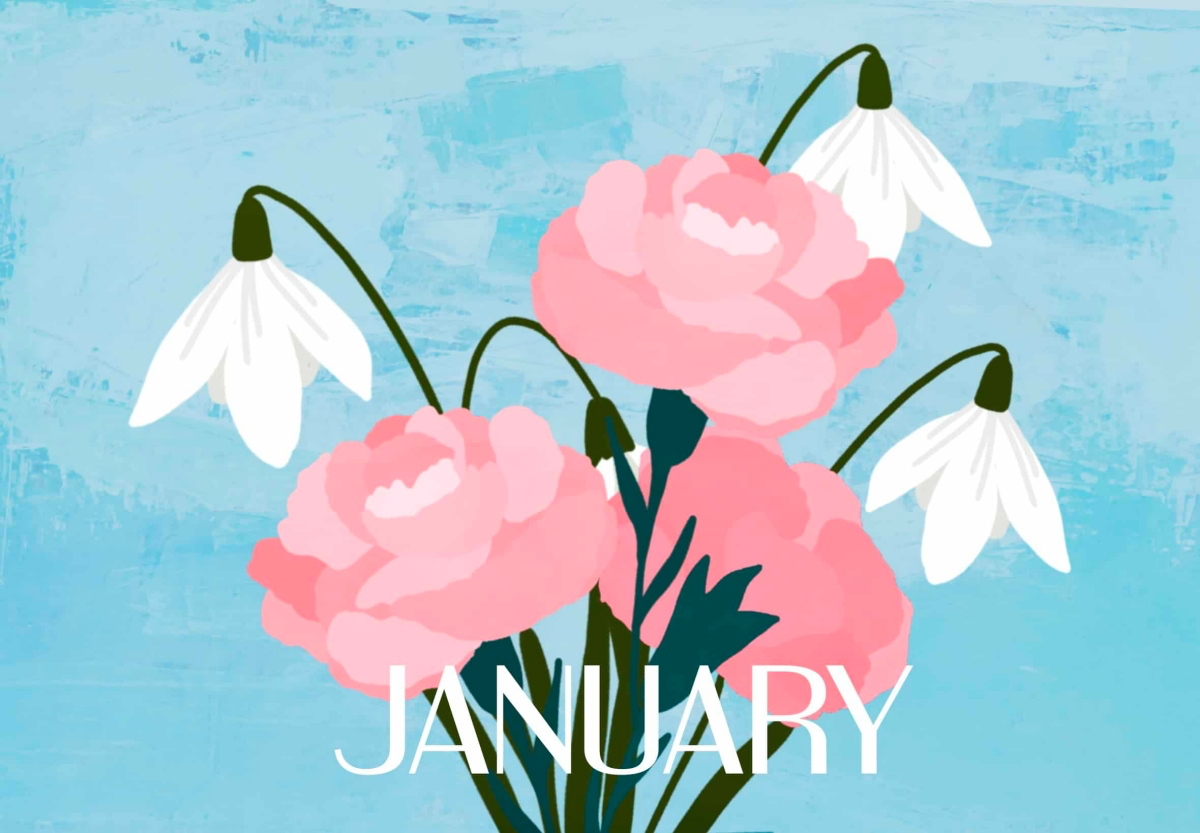
The Practical Stuff: Hardness and Care
Garnets clock in at 6.5 to 7.5 on the Mohs hardness scale. So, what does that mean for you? It’s harder than the quartz found in common household dust, so it’s not going to get scratched up just from daily living. That makes it pretty durable for most jewelry. But—and this is a big but—it can be scratched by harder gems like sapphire and diamond. So please, don’t just toss your garnet ring into a jewelry box with your diamond earrings!
Quick tip: If you’re planning on wearing a garnet in a ring every day, I always recommend a bezel setting. That’s a thin metal rim that completely surrounds the stone, acting like a protective bumper. It’s much safer than traditional prongs that just grip the corners and can leave the edges exposed.
The great news is that most garnets on the market are completely natural and untreated. To keep them clean, all you need is a bowl of warm, soapy water and a soft toothbrush. Easy.
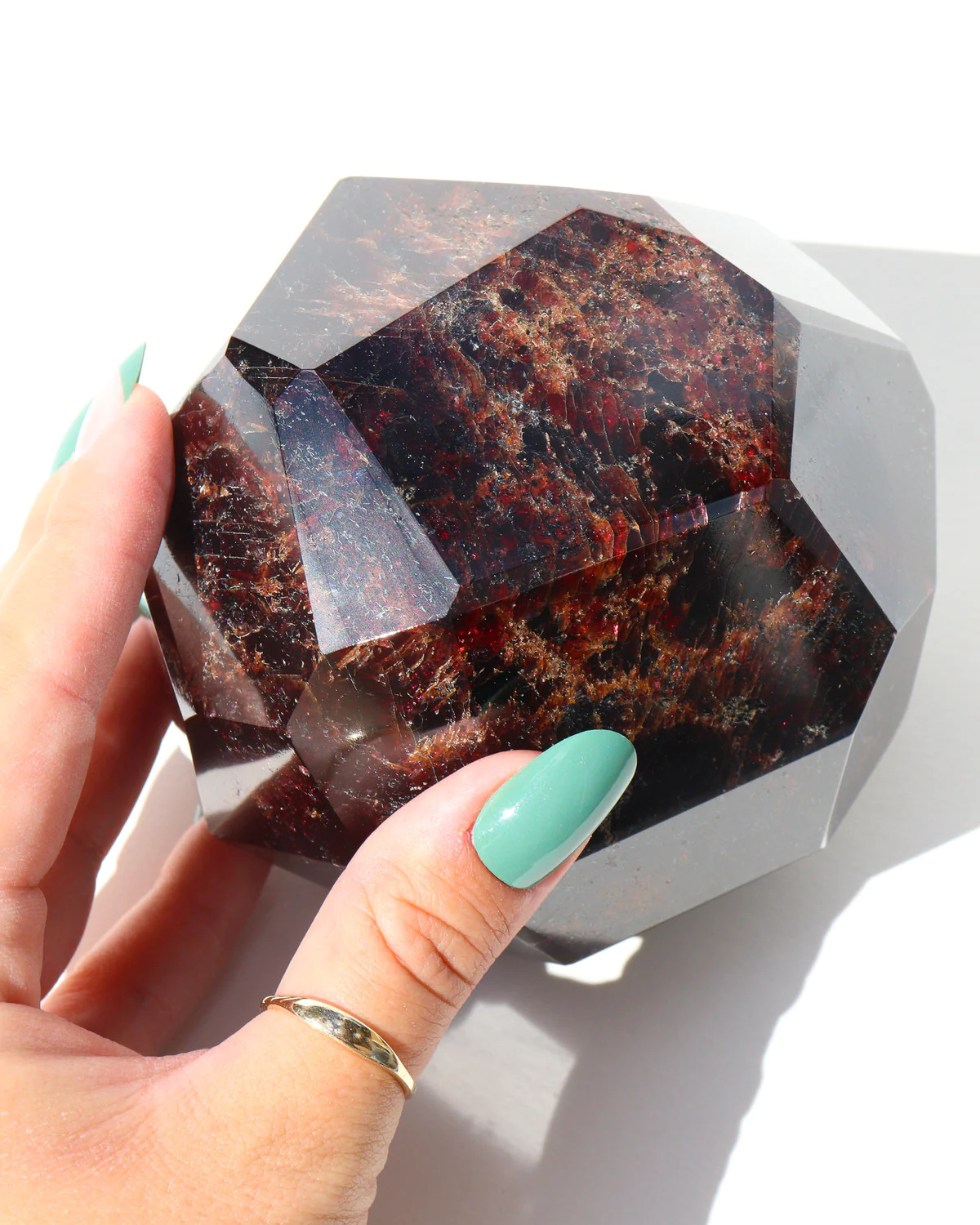
February: Amethyst
Amethyst is one of the most recognized gems in the world—it’s quartz, but with that unmistakable royal purple. The color can be anything from a pale, pinkish lavender to a deep, intense violet with flashes of red. The most sought-after color is often called “Siberian,” which today refers to that top-tier, deep purple hue, not the actual location (those original mines are long gone).
A Regal Gem on a Modest Budget
Amethyst is a perfect example of a stone that looks like a million bucks but isn’t. You can find absolutely gorgeous, eye-clean amethyst for as little as $10 to $30 per carat. This makes it a fantastic choice for big, bold statement pieces without breaking the bank. It has a hardness of 7 on the Mohs scale, making it a solid and durable choice for just about any type of jewelry.
Heads Up! A Jeweler’s Warning
Here’s the single most important thing I tell my clients about amethyst: its color can fade. I’ve seen it happen! A woman once brought me a pendant she’d left on her car’s dashboard all summer, and she was heartbroken. Her deep purple gem had turned into a pale, washed-out yellow. High heat or prolonged, direct sunlight can literally bake the color out of the stone, and that change is permanent. So, by all means, wear it and love it, but store it in a jewelry box, not on a sunny windowsill.
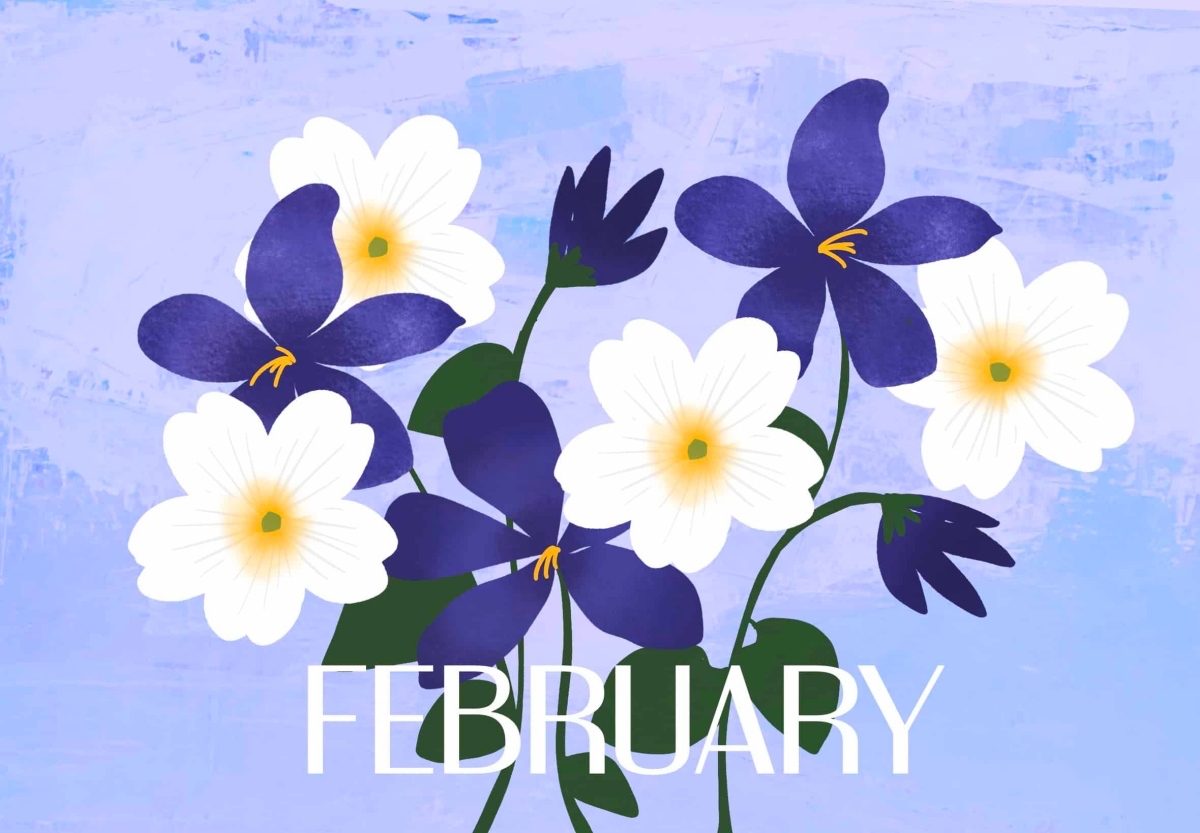
For cleaning, just stick to warm, soapy water. Stay away from steam cleaners because of the heat sensitivity.
March: Aquamarine & Bloodstone
March babies get a choice between the sky and the earth. You’ve got the serene, clear blue of aquamarine on one hand, and the deep, earthy mystery of bloodstone on the other. They could not be more different.
Aquamarine: The Sea in a Stone
As a member of the beryl family (just like emerald), aquamarine’s name literally means “water of the sea.” A good one has that perfect, crystal-clear blue. It’s a very tough stone, ranking 7.5 to 8 on the Mohs scale, which makes it an excellent choice for an engagement ring, especially if you want something other than a diamond. The deeper and purer the blue, the more valuable it is. A pale, light aqua might run you $50-$100 per carat, but a rich, saturated blue can easily fetch $300-$600 per carat or more.
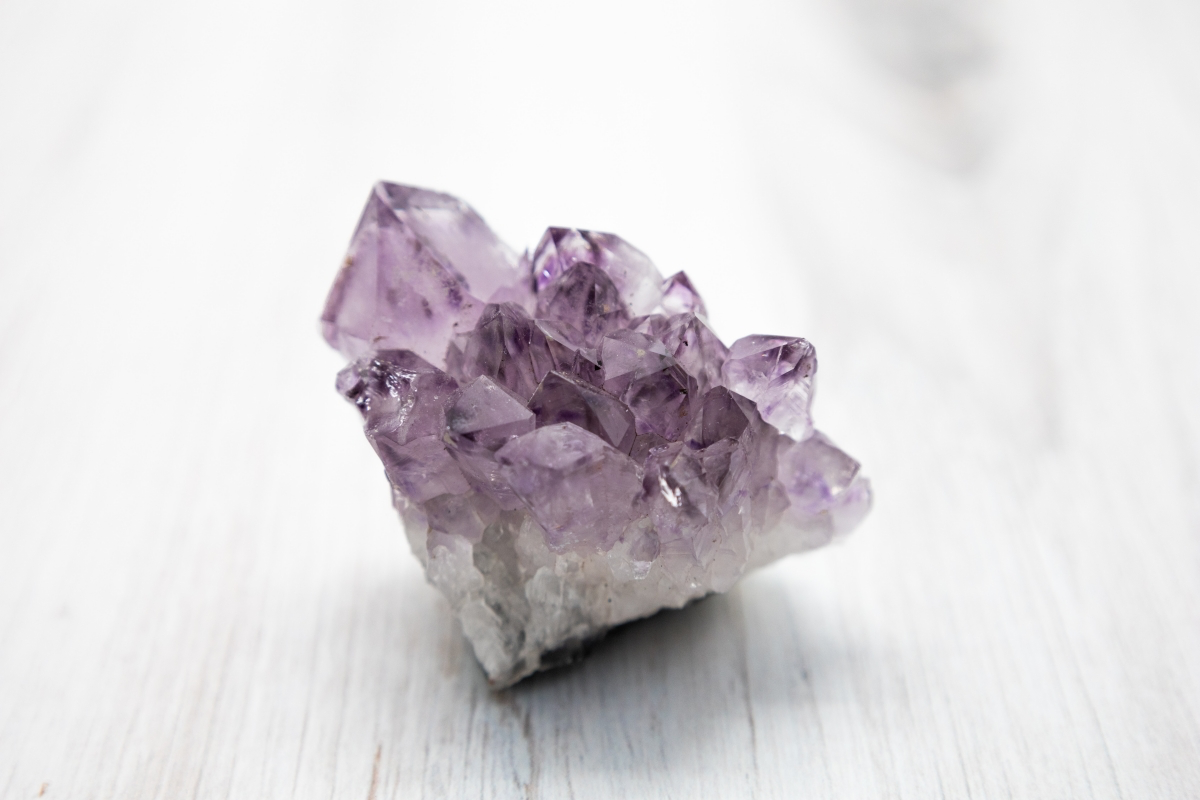
Good to know: Almost every aquamarine you see has been heat-treated to enhance its blue color. This is a permanent and totally standard industry practice, so don’t let it worry you. It’s just part of what makes modern aquas so stunning.
Bloodstone: The Ancient Storyteller
Bloodstone is a different beast entirely. It’s an opaque, dark green variety of chalcedony that’s peppered with red spots of iron oxide. The name comes from the ancient belief that the spots were sacred. It’s a bit softer, at 6.5 to 7 on the Mohs scale, but it’s still plenty durable for pendants or a carefully worn ring. The appeal here is all in the pattern and the history.
And the best part? Bloodstone is incredibly affordable. It’s usually sold by the piece, and you can find beautiful cabochons (those smooth, domed stones) for anywhere between $10 and $50.
So for March, the choice is clear. If you want classic sparkle and top-tier durability, go with aquamarine. If you’re after something unique, historical, and super budget-friendly, bloodstone is an amazing pick.
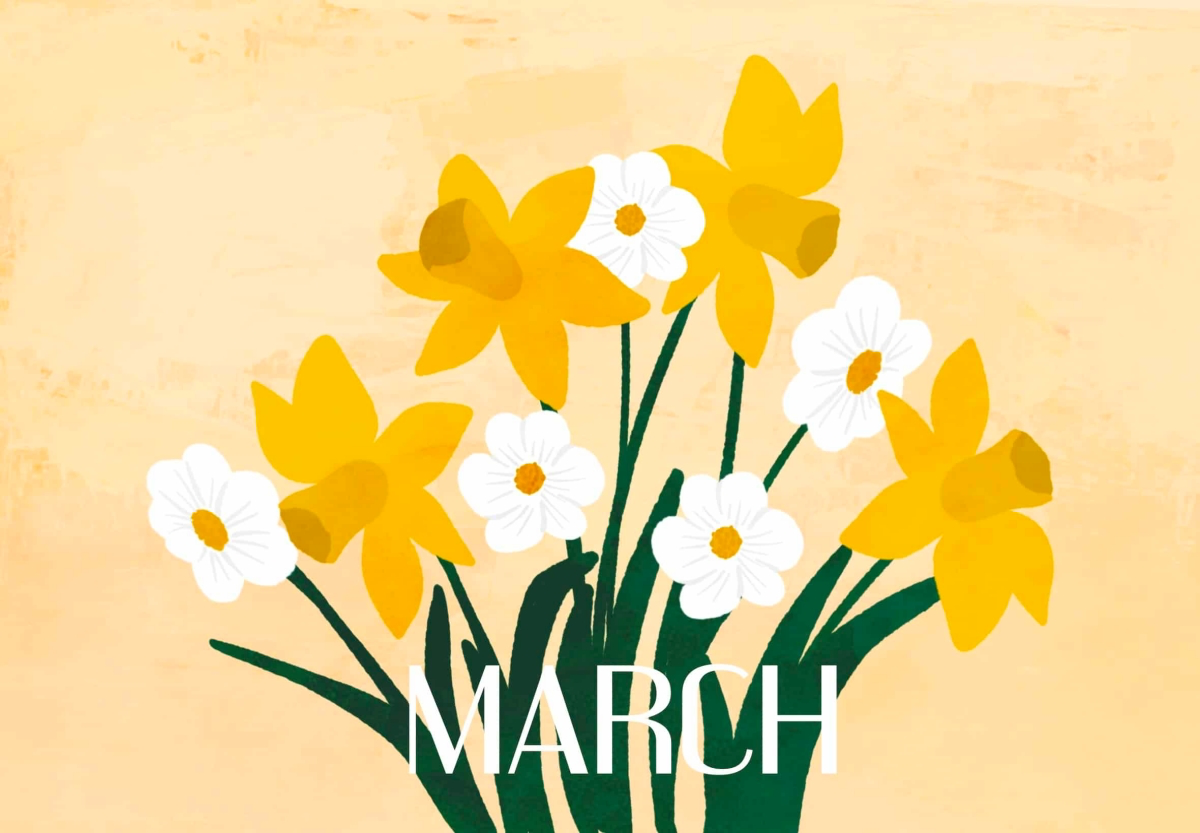
April: Diamond
Ah, the diamond. It needs no introduction. As the hardest natural thing on Earth (a perfect 10 on the Mohs scale), it’s the undisputed king of durability, which is why it’s the go-to for engagement rings. But its hardness isn’t the whole story.
Cut is King (and Lab-Growns are a Game-Changer)
The magic of a diamond is in how it plays with light, and that is all about the Cut. I always tell my apprentices that you can have a diamond with perfect color and clarity, but if it’s poorly cut, it will look dull and lifeless. A well-cut diamond with a slightly lower grade can absolutely outshine it. Of the famous 4 Cs (Cut, Color, Clarity, Carat), always prioritize the cut.
Now, let’s talk about lab-grown diamonds. They aren’t fakes like cubic zirconia; they are 100% real diamonds, just created in a lab instead of deep in the earth. They have the exact same chemical and physical properties. It’s a matter of personal preference, but the biggest difference is the price. As a rule of thumb, you can expect a lab-grown diamond to be about 30-50% cheaper than a natural one with the exact same specs. It’s a real diamond, just with a different origin story and price tag.
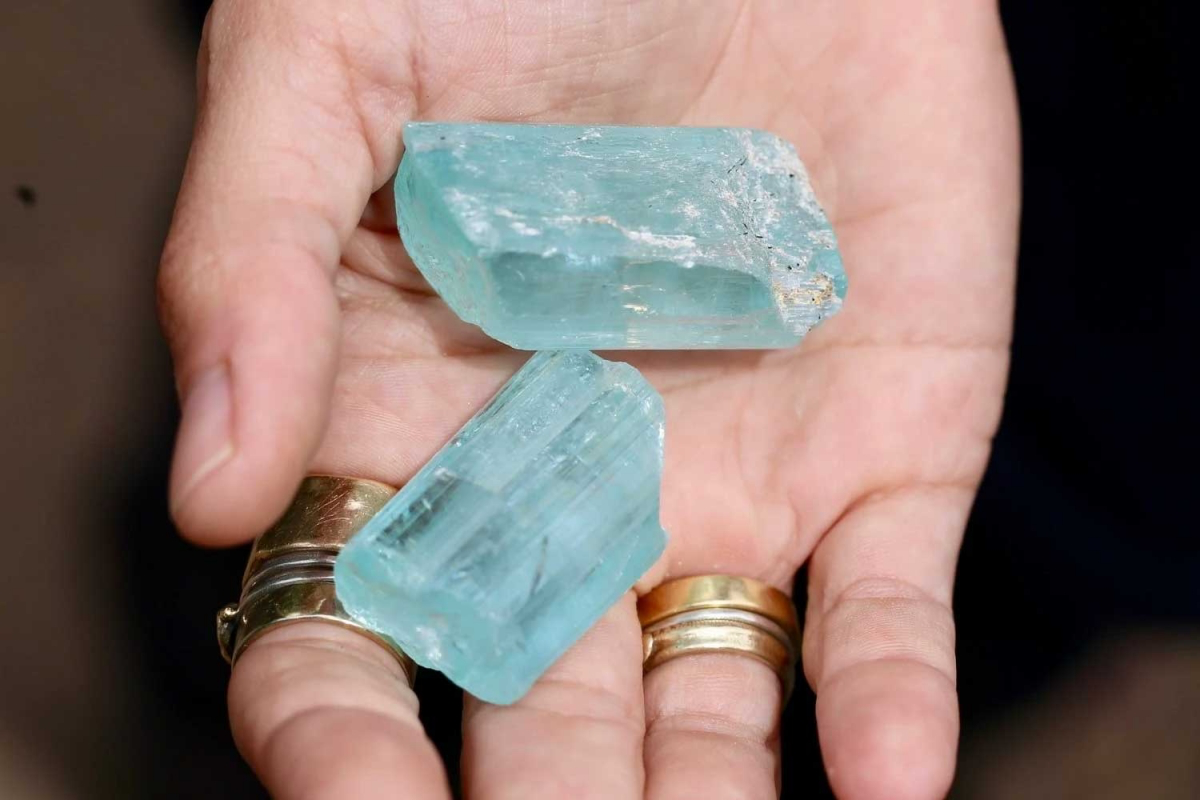
For any serious diamond purchase—natural or lab-grown—insist on a grading report from a respected independent lab. It’s your non-negotiable proof of what you’re buying.
May: Emerald
Emerald, with its vibrant, intoxicating green, is the most famous of the beryl family. For centuries, the finest examples have set the standard for a pure, slightly bluish-green that’s simply captivating. Because of their immense popularity and rarity, even commercial-quality emeralds can start at around $300-$500 per carat, with fine stones soaring into the thousands.
The ‘Jardin’ and What it Means for You
Here’s the deal with emeralds: they have a hardness of 7.5 to 8, but they are more fragile than that number implies. This is because almost all natural emeralds have internal inclusions and tiny fractures. The trade has a lovely name for this: the jardin, French for garden. These are part of the stone’s character.
Lesser-known trick: If you see a large emerald for a cheap price that looks perfectly clean inside, be suspicious. It’s probably glass or a synthetic, because a natural emerald’s ‘garden’ is part of its identity and proof of its origin.
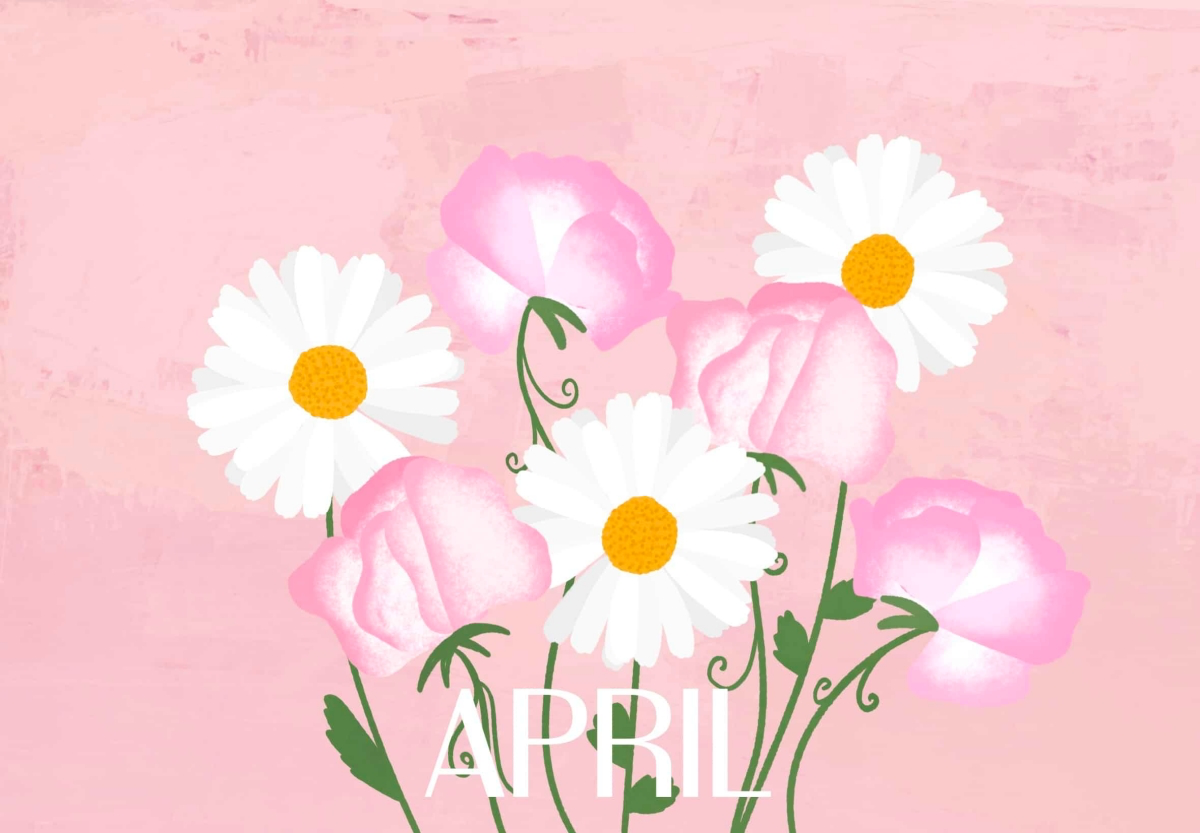
This jardin is also why you have to be SO careful with emeralds. I strongly advise against them for people who are hard on their jewelry. And the biggest rule: NEVER, ever put an emerald in an ultrasonic or steam cleaner. Most emeralds are treated with oils to fill these tiny fractures and improve clarity. The vibrations and heat from a cleaner can remove the oil, making the fractures suddenly visible and even weakening the stone. I’ve seen it happen, and it’s a costly, heartbreaking mistake. Gentle cleaning with cool, soapy water and a soft brush is the only safe way.
June: Pearl, Moonstone, & Alexandrite
June is a fantastic month, offering a triple choice between the organic luster of pearl, the ethereal glow of moonstone, and the rare, color-changing magic of alexandrite. It’s a choice of classic, bohemian, or pure luxury.
Pearl: A Classic from the Water
Pearls are organic gems, and today most are cultured, making them wonderfully accessible. A simple strand of pretty freshwater pearls might cost you $50-$200. A strand of classic, round Akoya pearls could be $500-$2,000, while large, silvery South Sea pearls can easily run into the many thousands. Their softness (2.5-4.5 on the Mohs scale) means they need care—avoid chemicals (like hairspray!) and store them separately so they don’t get scratched.
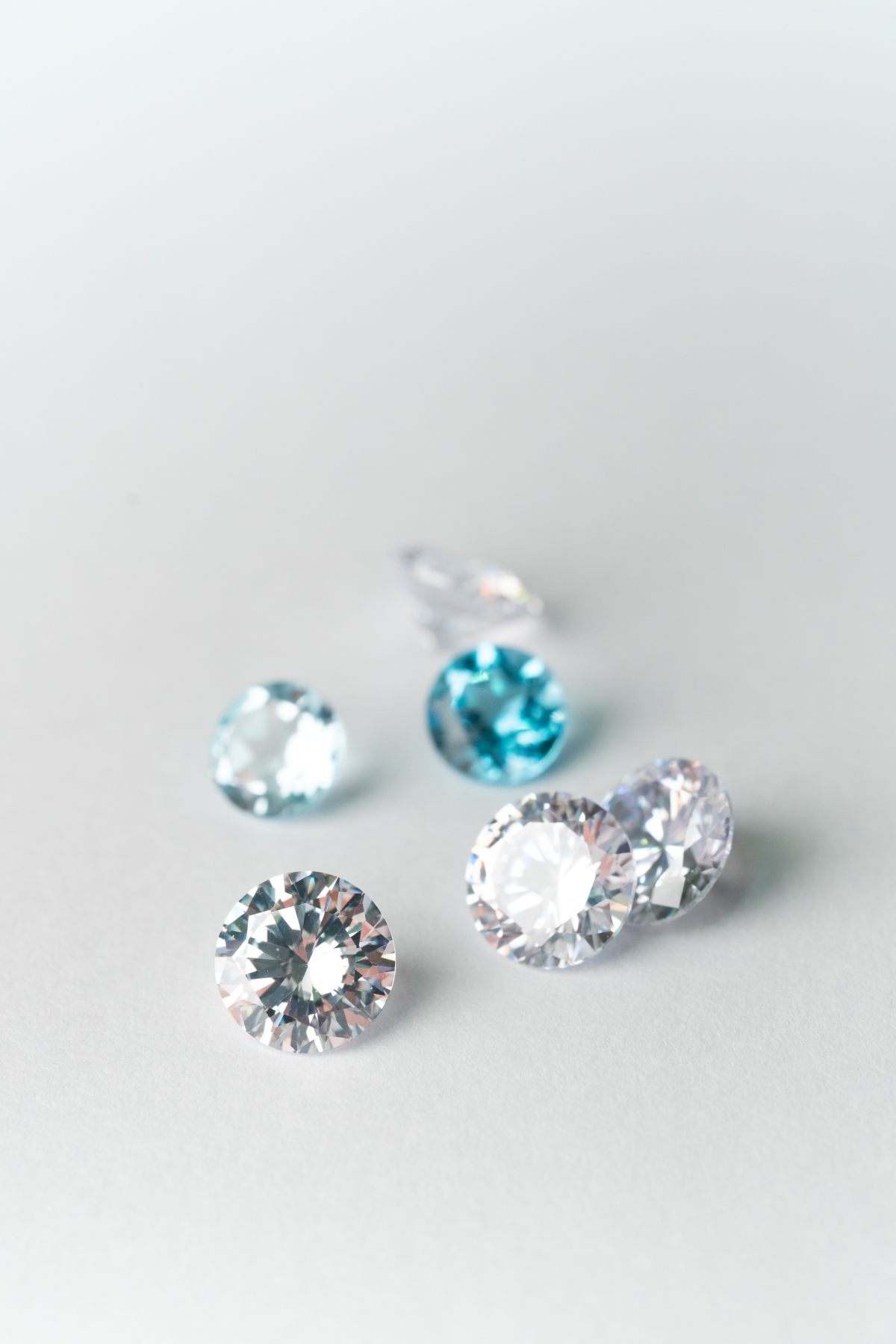
Moonstone: A Touch of Magic
Moonstone is all about that ghostly, floating glow called adularescence. It’s a softer stone, around a 6-6.5 on the Mohs scale, so it’s better suited for earrings and pendants than for a ring you’ll wear every day. It’s also very affordable, with beautiful pieces often falling in the $20-$70 range. The more intense and blue the glow, the more it will be prized.
Alexandrite: The Rarest of Them All
And then there’s alexandrite. A natural alexandrite is one of the rarest gems on earth, famous for its dramatic ability to change from green in daylight to red under incandescent light. It’s very durable (8.5 Mohs), but its price is… astronomical. Even small natural stones can be over $1,000 per carat. Because of this, most people opt for lab-created alexandrite. It has the same incredible color-change and durability for a tiny fraction of the cost, making this magical phenomenon accessible.
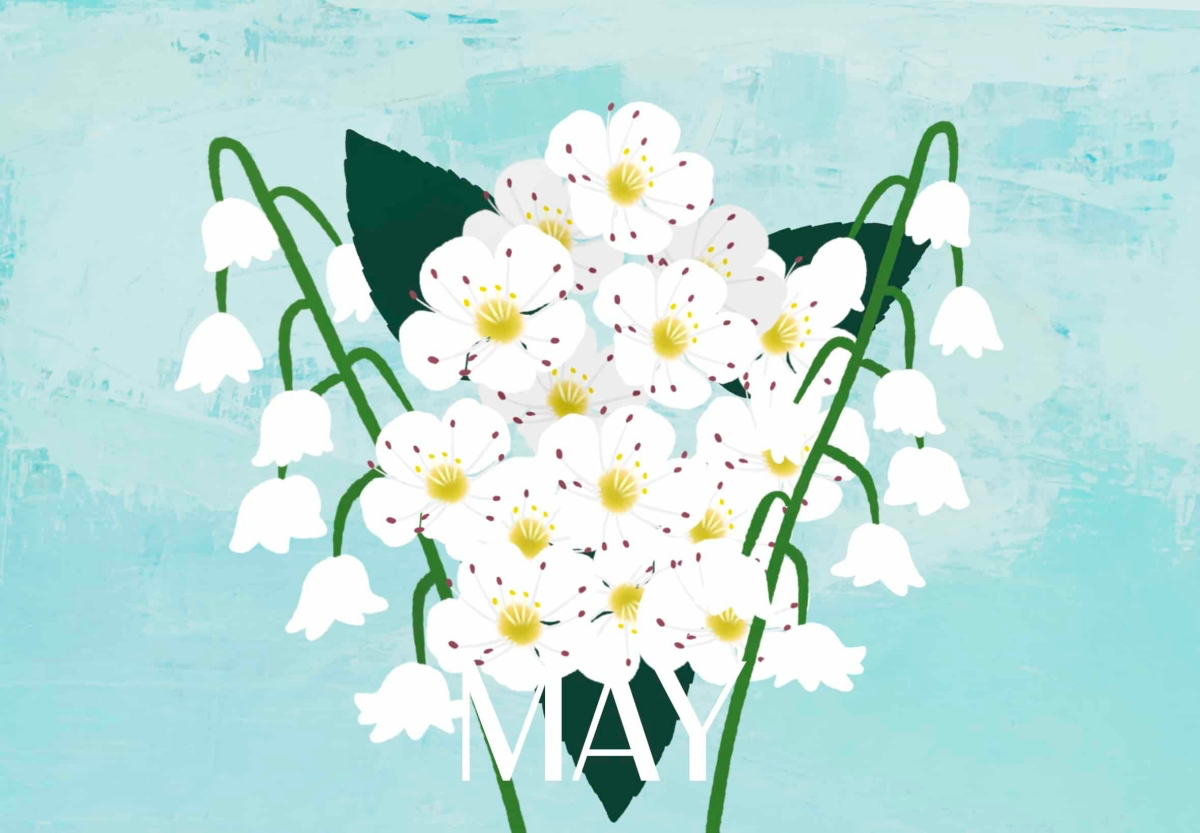
A Final Tip: How to Find a Jeweler You Can Trust
Okay, so how do you navigate all this when you’re ready to buy? Find a pro you can trust. Look for a jewelry store where the staff have credentials from a major gemological institution (the Gemological Institute of America, or GIA, is the gold standard). This means they have the training to identify stones, spot treatments, and give you the real story.
And for any big purchase—I’d say anything over $1,000—consider getting an independent appraisal. Think of it as a second opinion for your investment. It protects you and gives you complete peace of mind, which is exactly what a beautiful piece of jewelry should do.
Galerie d’inspiration
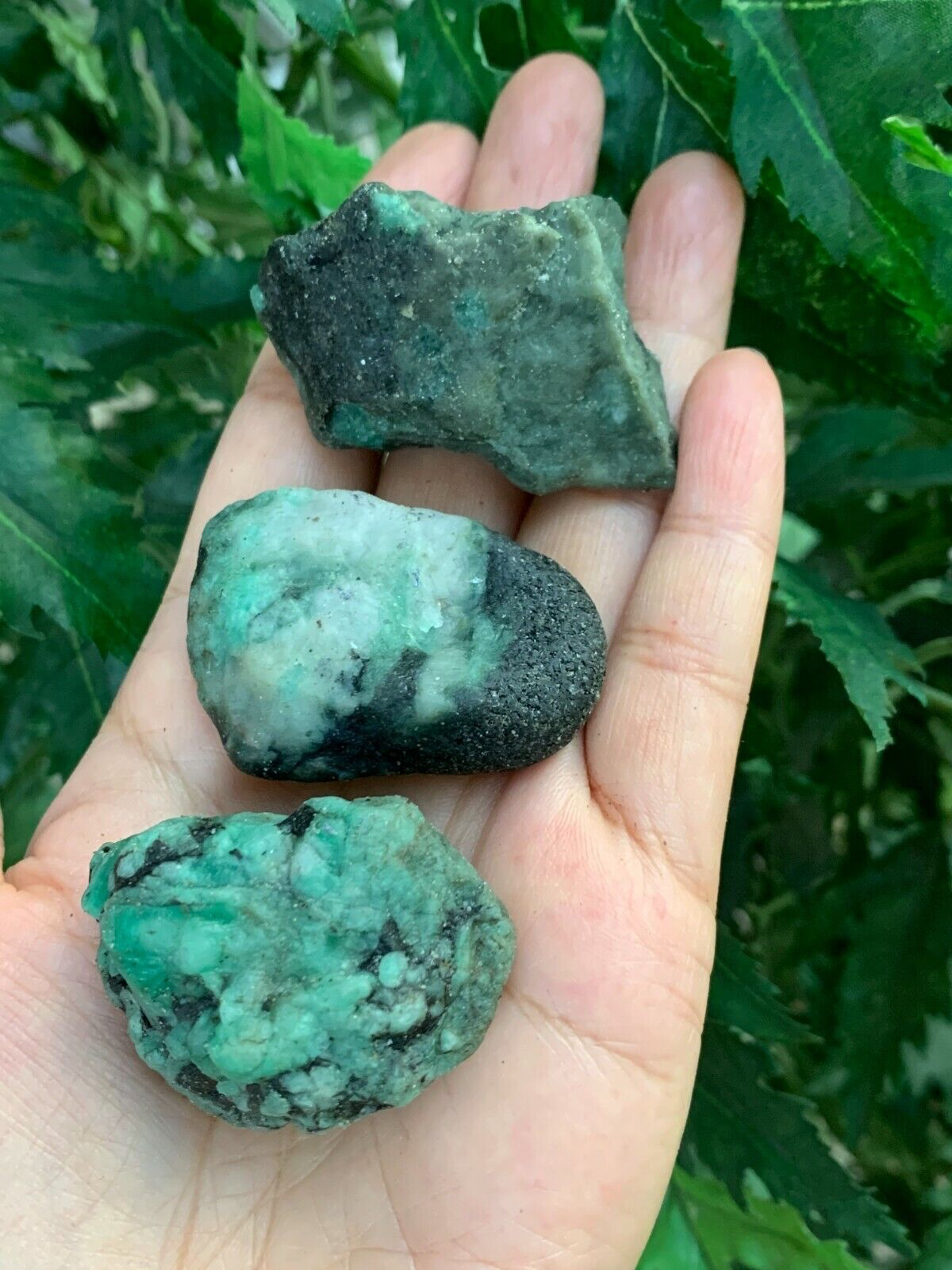
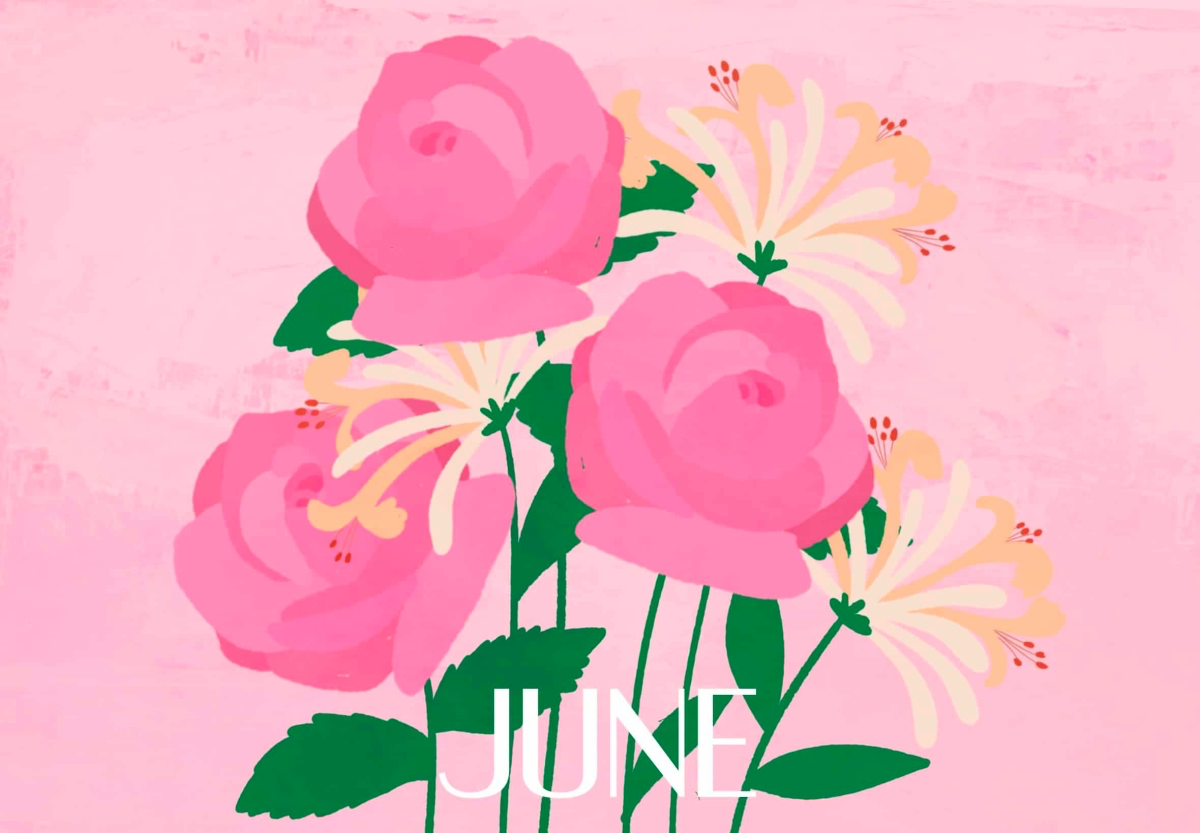
Prong vs. Bezel Setting: A prong setting uses tiny metal claws to hold a gem, maximizing the light that enters for brilliant sparkle. It’s a classic for a reason. A bezel setting encases the gem’s edge in a metal rim, offering superior protection for softer stones like opal or tanzanite. The trade-off? A slightly less brilliant but more modern look.
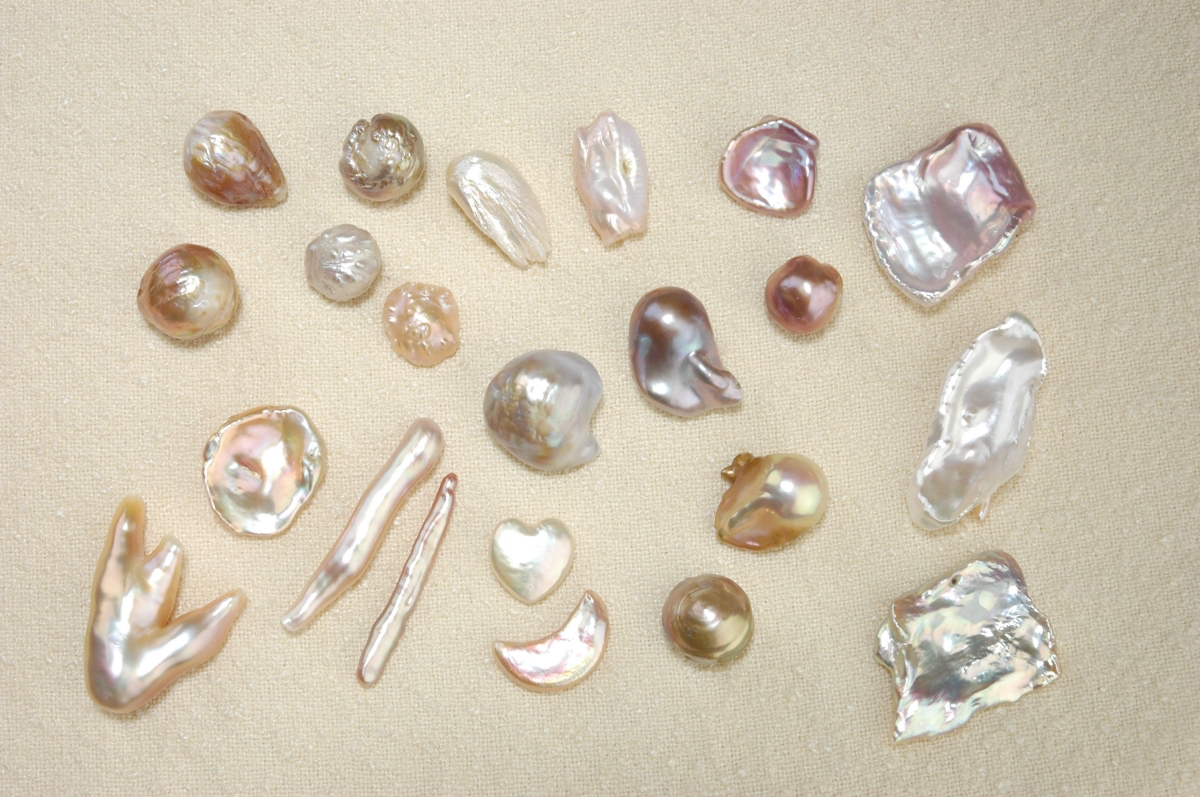
More than 75% of women in the U.S. own at least one piece of diamond jewelry.
As April’s birthstone, the diamond isn’t just popular; it’s the standard for durability. Its hardness (10 on the Mohs scale) means it can scratch every other gemstone in your jewelry box. Always store diamond pieces separately, preferably in a soft pouch or a lined compartment, to protect your other treasures like amethysts and emeralds.
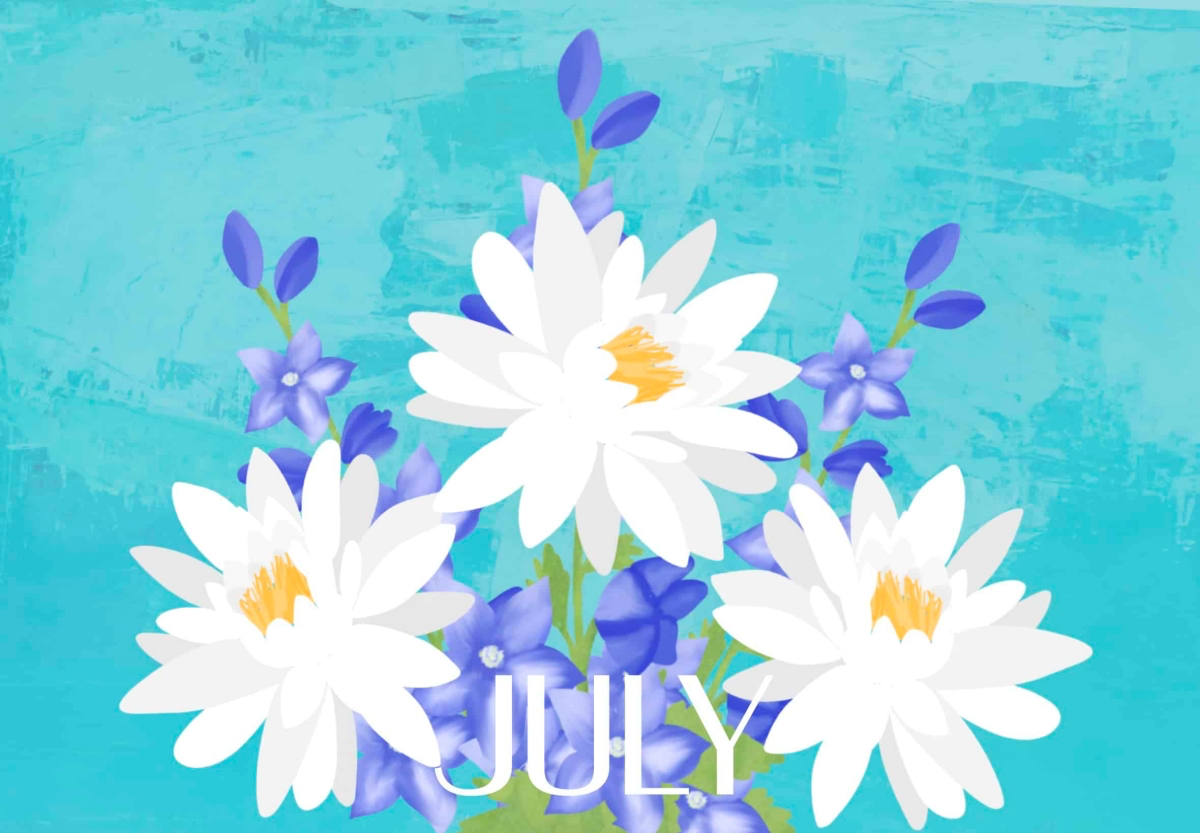
Can I really wear a delicate birthstone like Pearl (June) or Opal (October) every day?
You can, but with caution. These gems are soft and porous. Avoid rings if you’re hard on your hands. Pendants and earrings are much safer for daily wear. Never expose them to hairspray, lotion, or harsh cleaning chemicals. For rings, a protective bezel setting is a smart choice over exposed prongs.
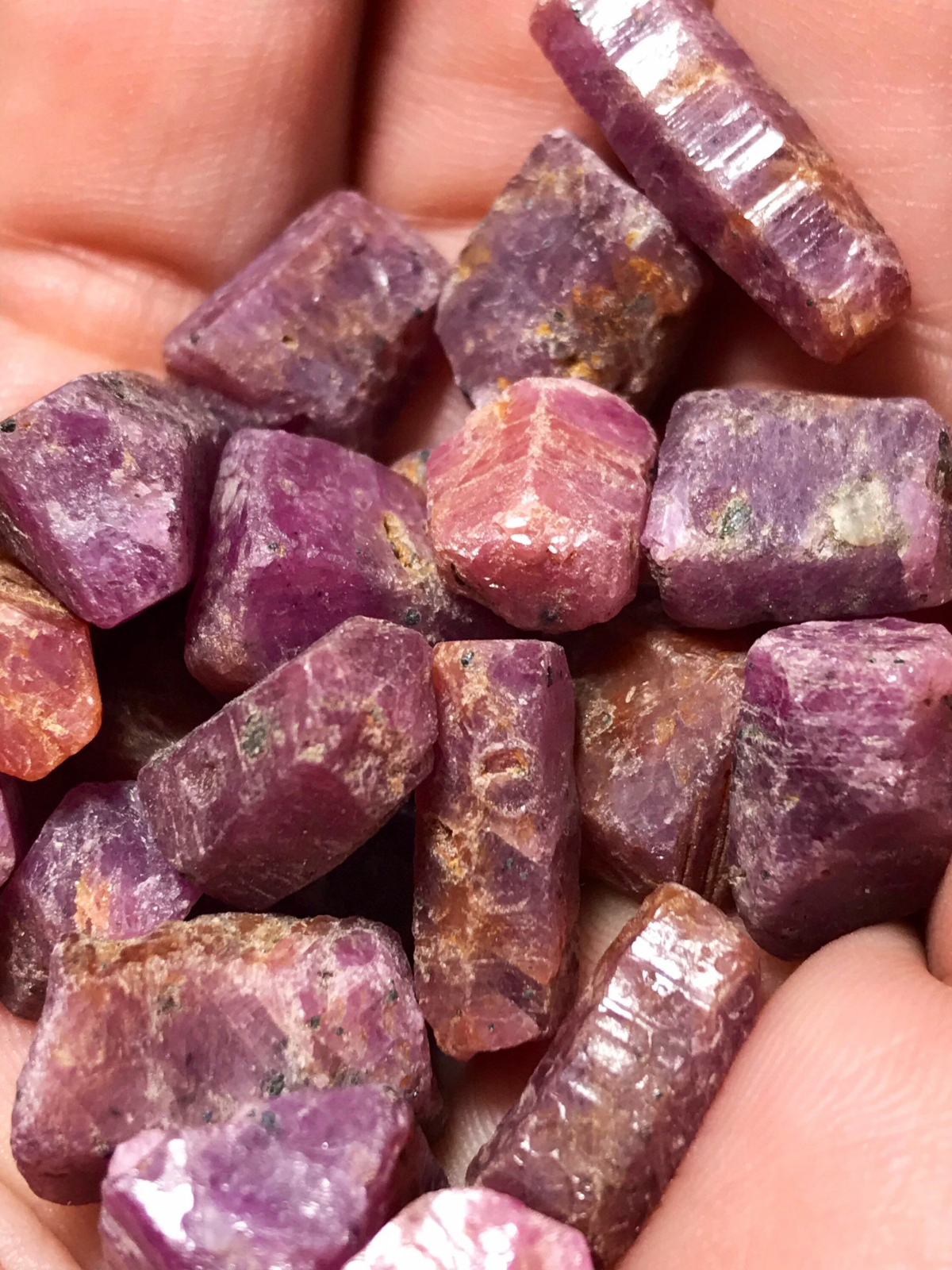
- Protects against accidental knocks.
- Prevents snagging on clothing.
- Keeps the girdle (edge) of the stone from chipping.
The secret? A bezel setting. It’s the single most secure way to set a gemstone, making it the ideal choice for active lifestyles or for softer birthstones that require extra care.
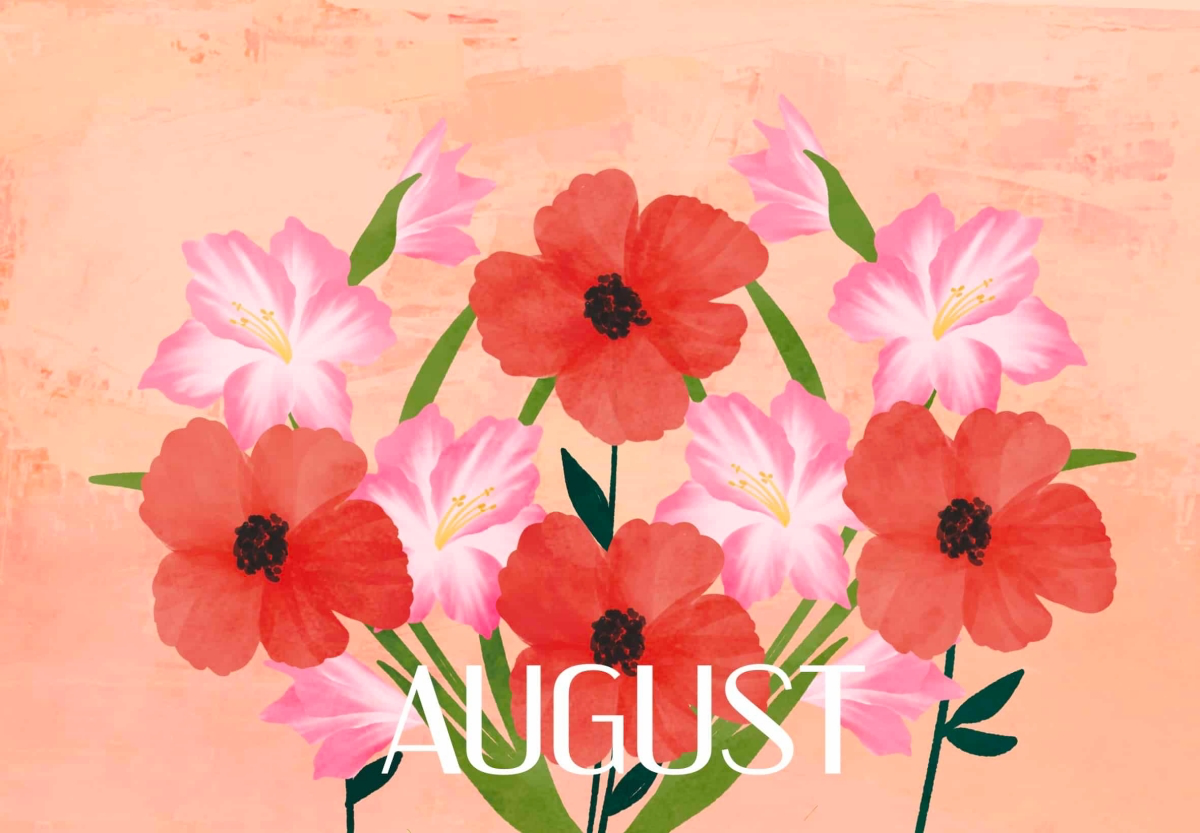
When choosing a metal, consider both aesthetics and lifestyle. For a stone like Emerald (May), which often has natural inclusions, the buttery warmth of yellow gold can be very forgiving. For a diamond or a sapphire, the cool brightness of platinum not only enhances their icy tones but also offers superior strength and hypoallergenic properties for sensitive skin.
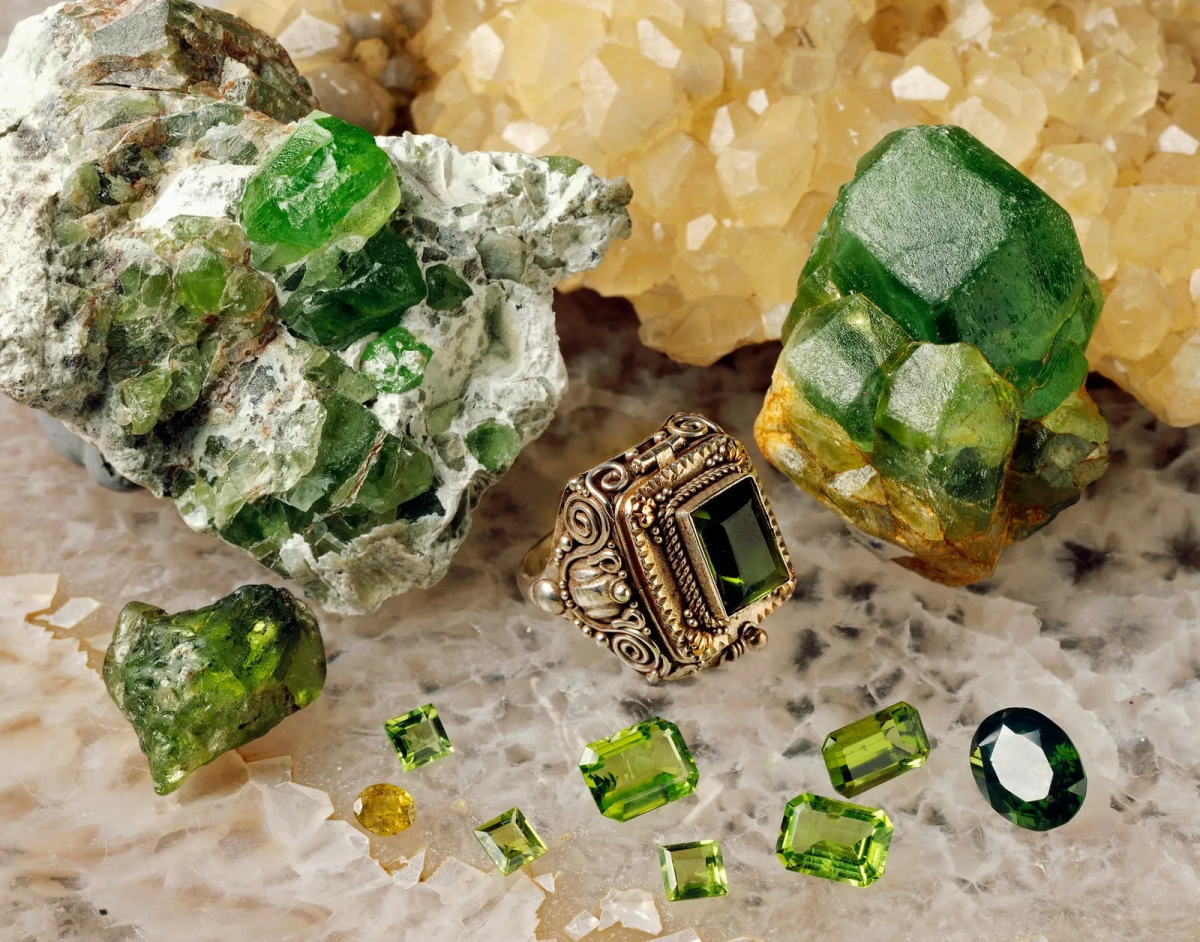
The word “sapphire” was, for centuries, used to describe almost any blue stone, most notably Lapis Lazuli.
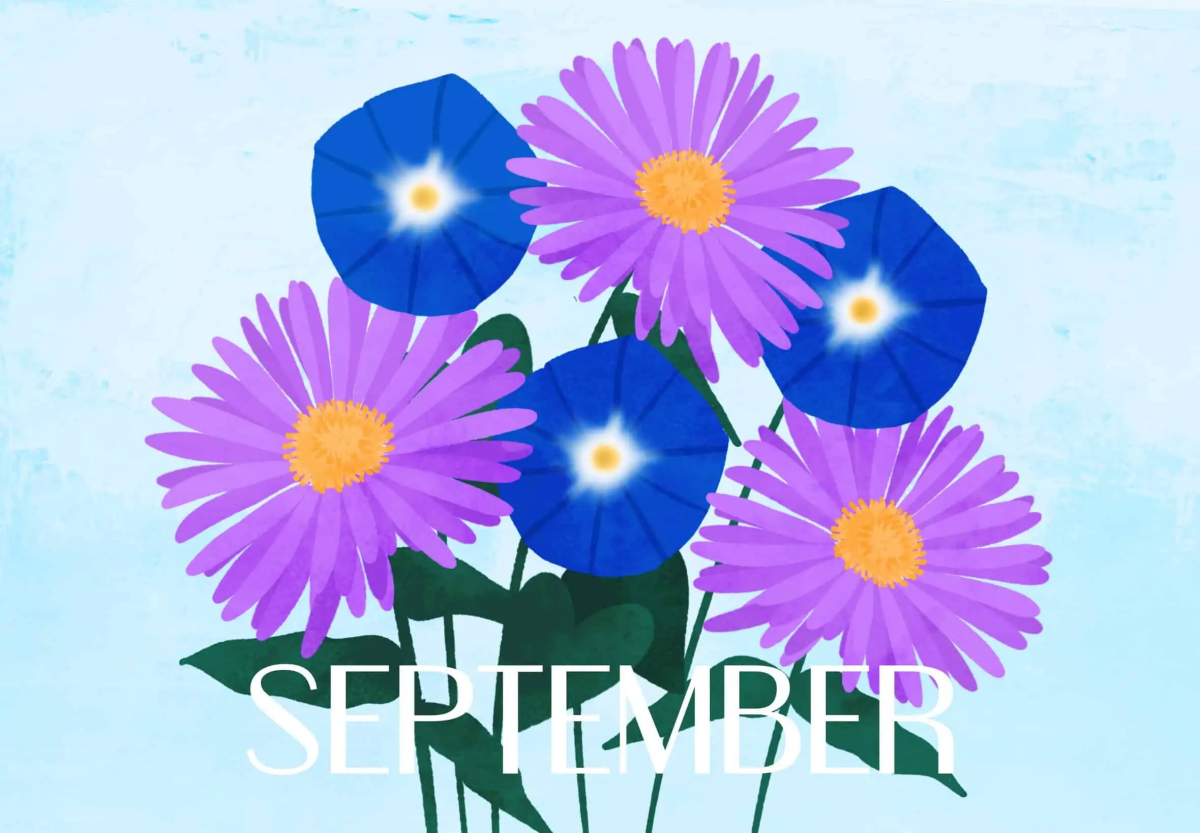
A word on thermal shock: Never take a gemstone from a very hot environment (like a sauna or hot tub) to a very cold one (like jumping into a cold pool). This rapid temperature change can cause internal fractures, or ‘thermal shock,’ especially in stones with inclusions, like emeralds. It’s an easy way to permanently damage a beautiful gem.
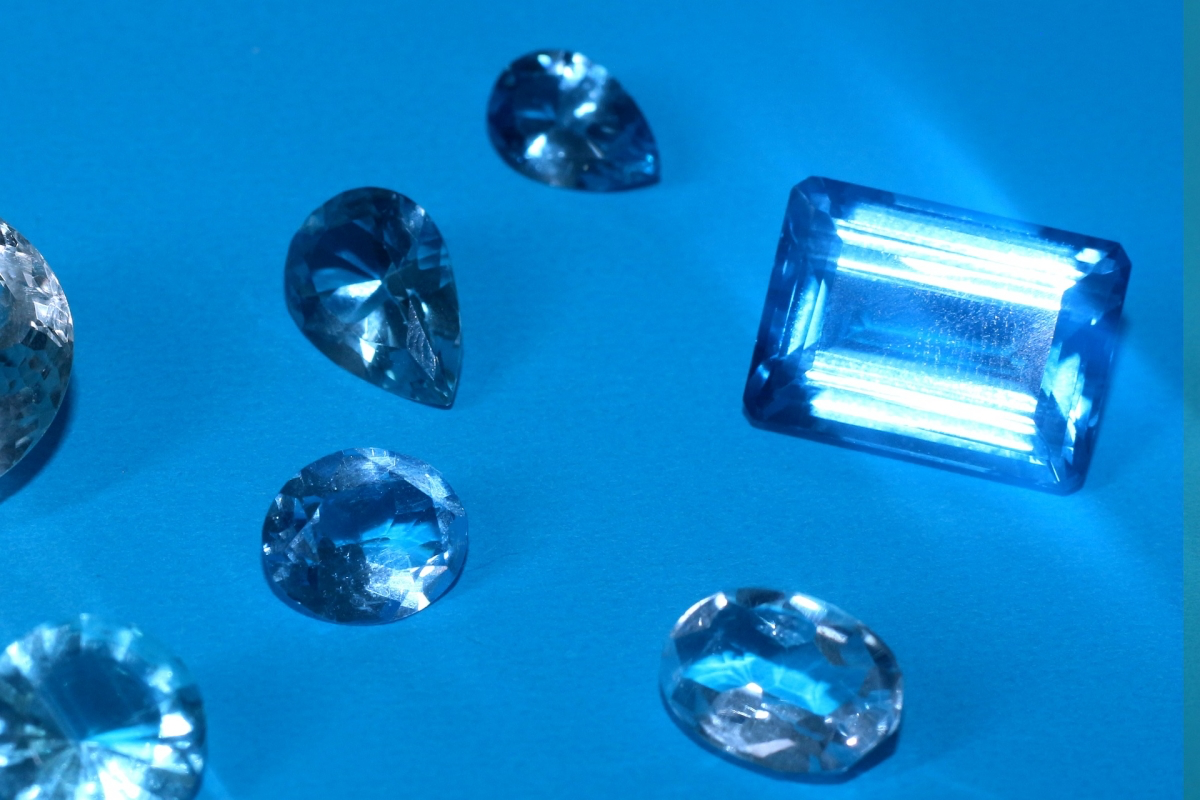
The Mohs scale isn’t linear. While Diamond is a 10 and Corundum (Ruby & Sapphire) is a 9, a diamond is actually about four times harder than corundum. This is why a diamond can so easily scratch a sapphire, but a sapphire has a much harder time scratching a diamond. It’s a crucial detail when storing your jewelry.
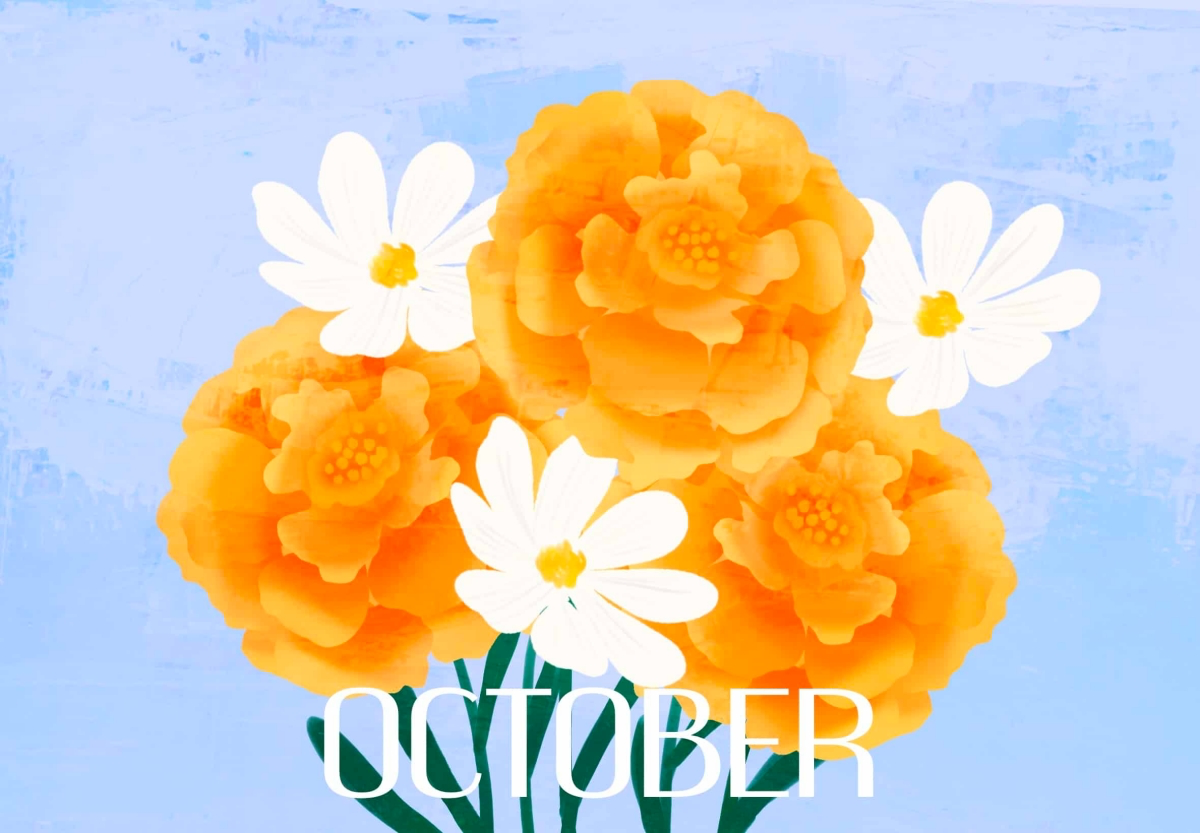
Before you clean your birthstone jewelry at home, identify your stone. Here’s a quick guide for what to avoid:
- Opal, Pearl, Coral, Turquoise: Never use an ultrasonic cleaner or harsh chemicals. Stick to a soft, damp cloth.
- Emerald: Avoid ultrasonic cleaners and steamers. Its common oil treatments can be stripped away, and internal fractures can be worsened.
- Tanzanite: Extremely sensitive to sudden temperature changes. Warm, soapy water is the safest bet.
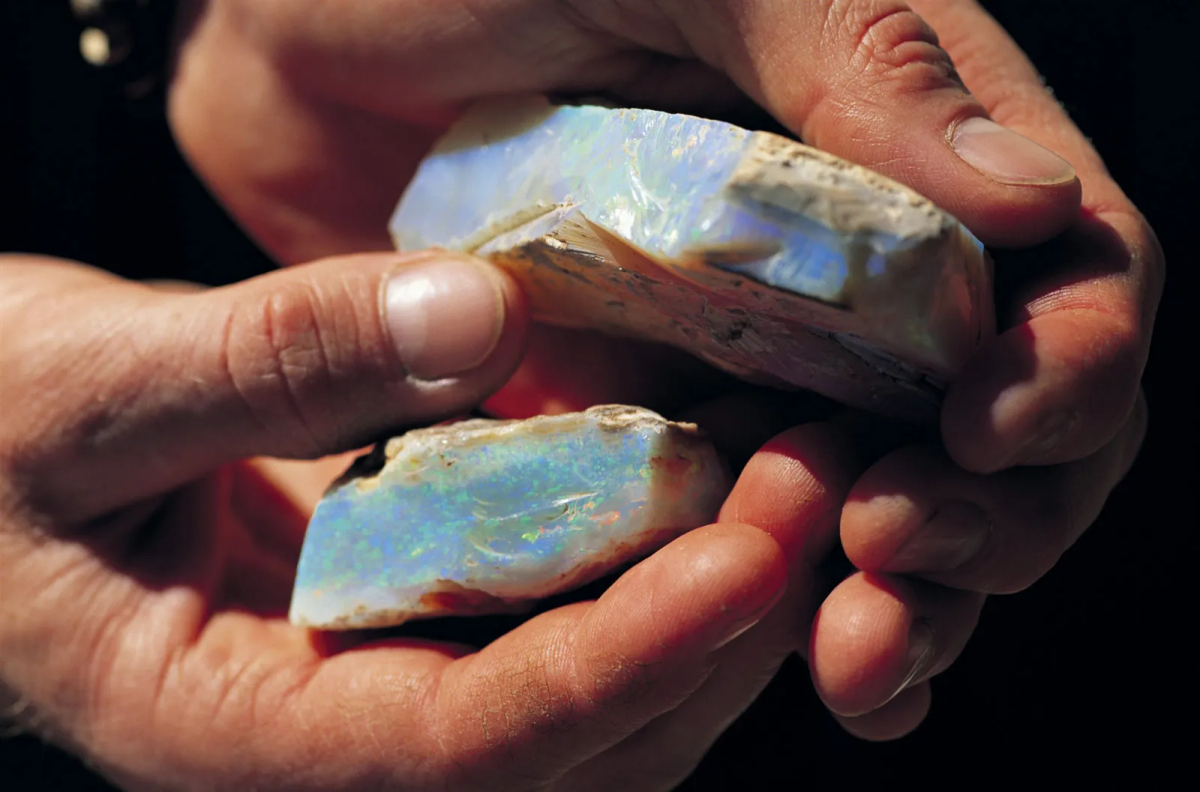
Lab-Grown Diamond (April): Chemically and physically identical to a natural diamond, but created in a controlled environment. Often more affordable and with a transparent origin.
Natural Diamond (April): Formed deep within the Earth over billions of years. Its value is tied to its rarity and a long-established market history.
The choice is personal, pitting modern technology against natural marvel.
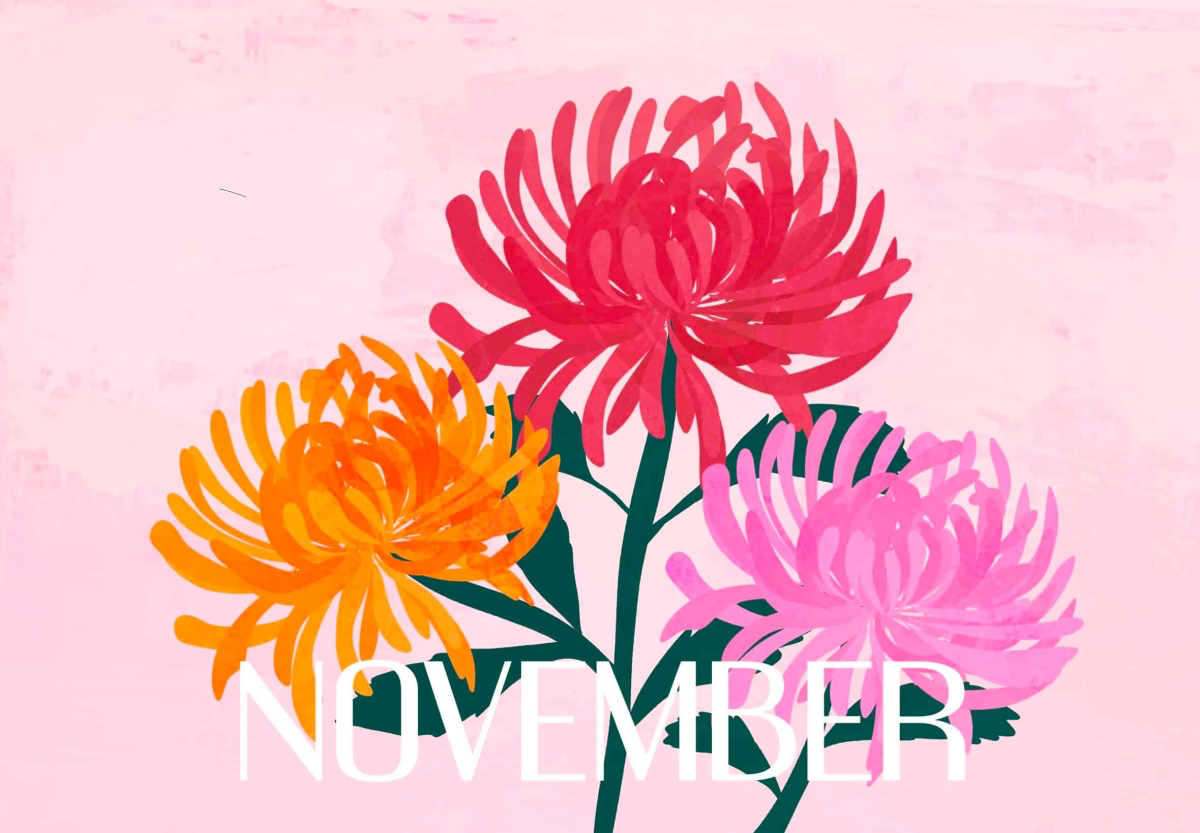
Beyond a single hue, some birthstones exhibit ‘phenomena’. Look for star sapphires or rubies (asterism), which display a six-rayed star that glides across the surface under a single light source. Or consider moonstone (a June alternative), prized for its adularescence—a billowy, moonlight-like sheen that seems to float within the gem.
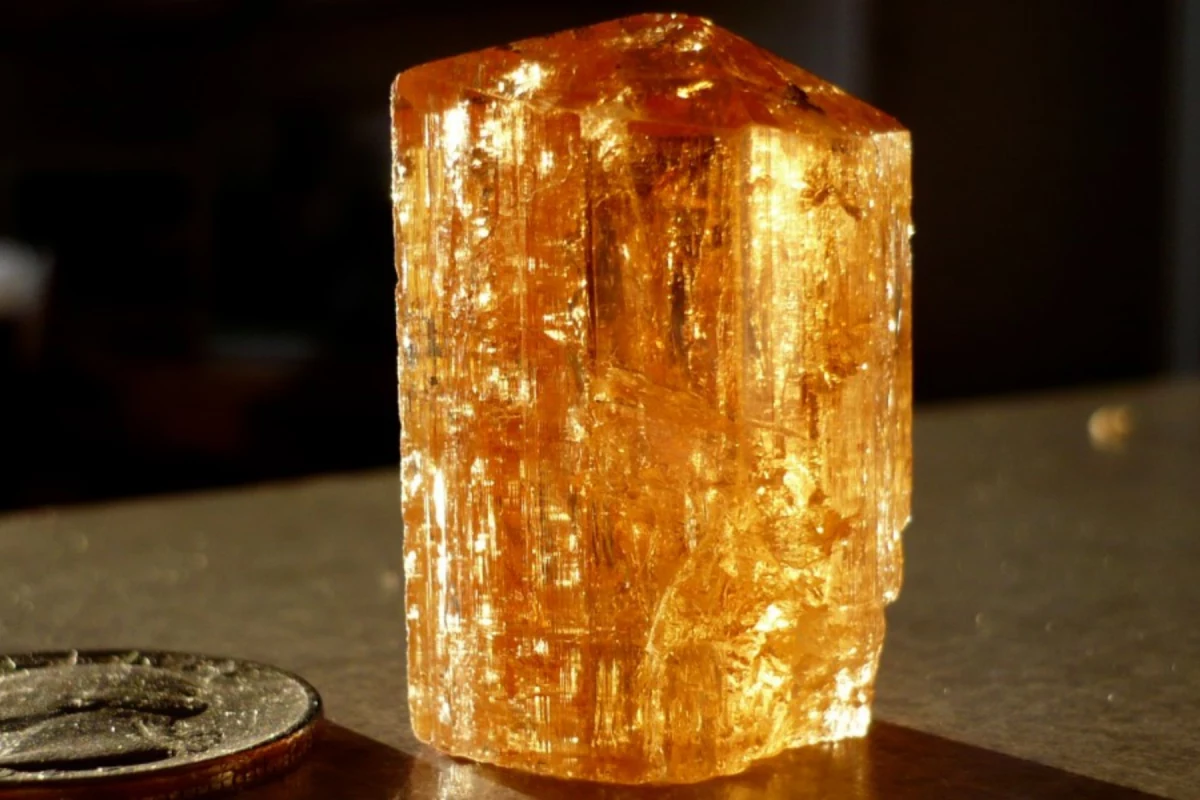
What’s the real difference between 14k and 18k gold?
It’s all about the purity. 18-karat gold is 75% pure gold mixed with other alloys, giving it a richer, deeper yellow hue. 14-karat gold is 58.3% pure gold, making it more durable and resistant to scratches due to the higher percentage of alloys. For an everyday ring, 14k is often the more practical choice; for special occasion pieces, the luxurious color of 18k is hard to beat.
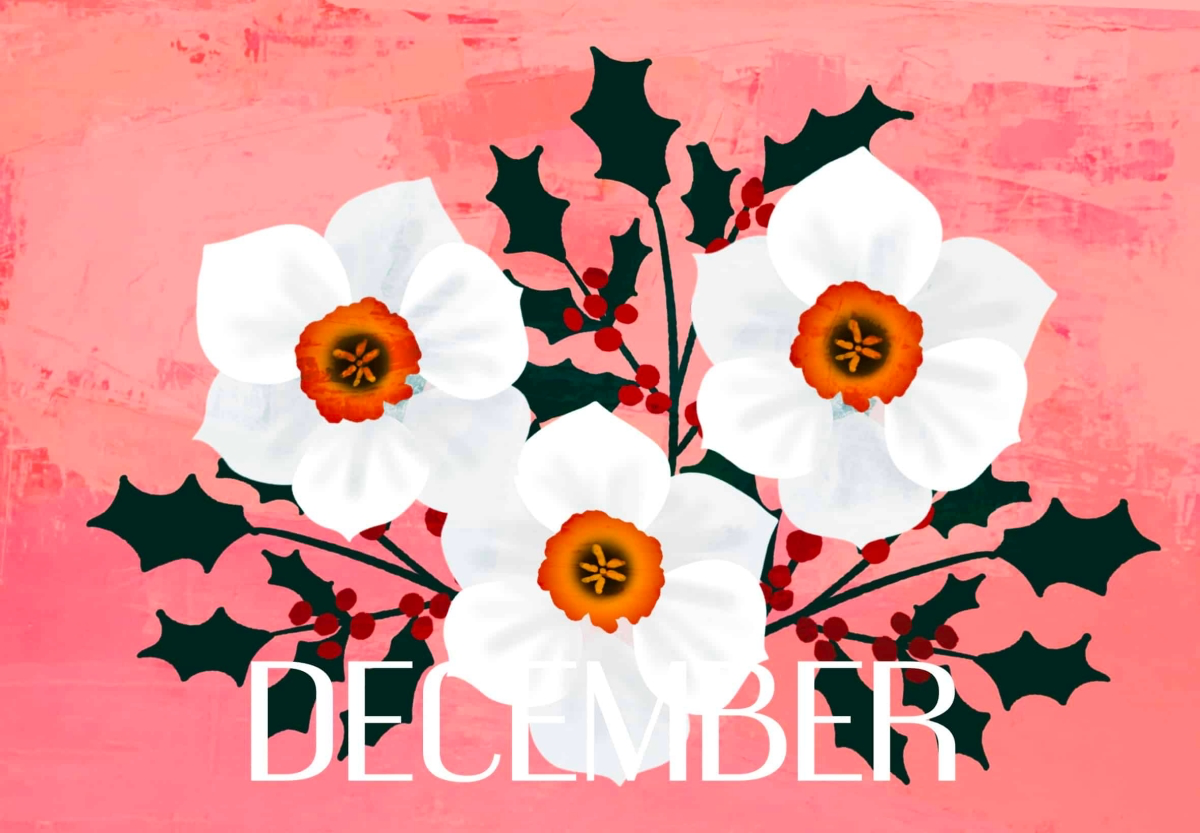
The Gemological Institute of America (GIA) established the “4Cs” (Color, Clarity, Cut, and Carat Weight) in the mid-20th century, creating a universal standard for grading diamonds.
This system isn’t just for diamonds. While more complex for colored stones, the principles of evaluating color saturation, presence of inclusions, quality of the cut, and weight are fundamental to determining the value of any birthstone, from a peridot to a sapphire.
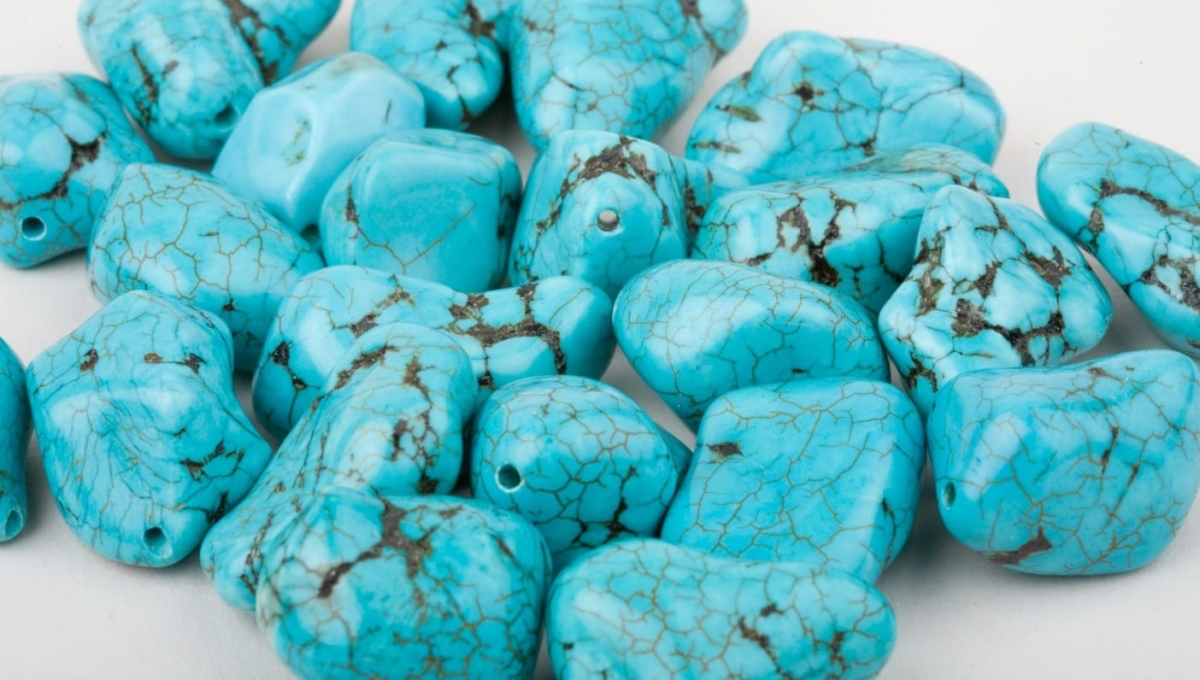
Traveling with fine jewelry requires a strategy. Never pack it in checked luggage. Wear your most valuable pieces or keep them in your carry-on, ideally in a dedicated travel jewelry case like those from WOLF or Mele & Co. that prevents chains from tangling and stones from scratching each other. It’s also wise to have a photo and appraisal copy on your phone, just in case.
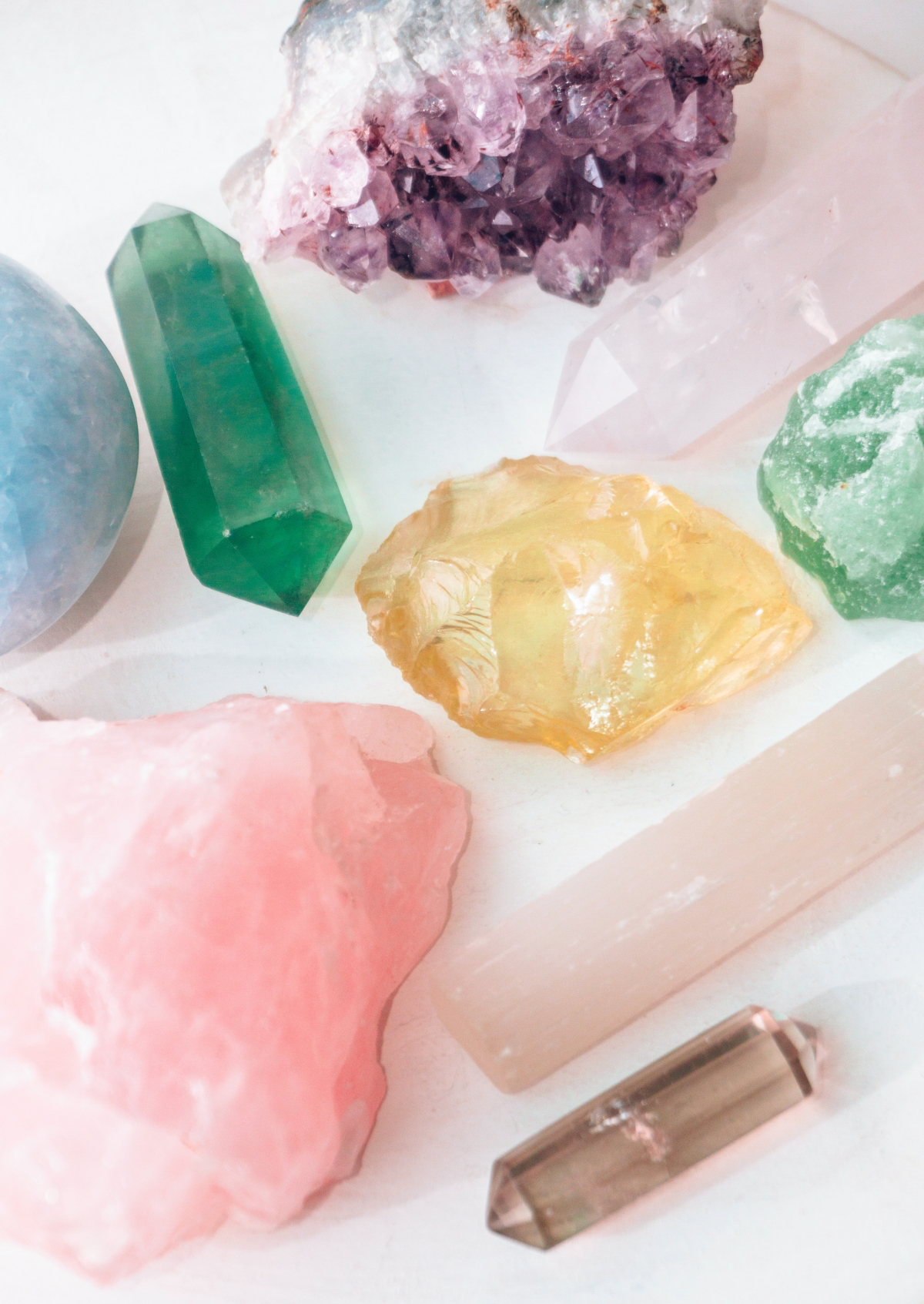
Think beyond the ‘official’ stone: The modern birthstone list is a 20th-century invention for jewelers. Don’t feel locked in! Explore the ‘traditional’ or ‘mystical’ birthstone lists for more options. For instance, December has three official stones (Tanzanite, Zircon, Turquoise), but Lapis Lazuli is a historical alternative with an incredible deep blue and gold pyrite flecks.
Important: Ask about ethical sourcing. For diamonds, this means looking for a seller who can warrant their stones are compliant with the Kimberley Process, designed to prevent conflict diamonds from entering the market. For colored gemstones like tourmaline or aquamarine, the supply chain can be even more complex. Don’t be afraid to ask your jeweler about their sourcing policies and the origins of their gems.










